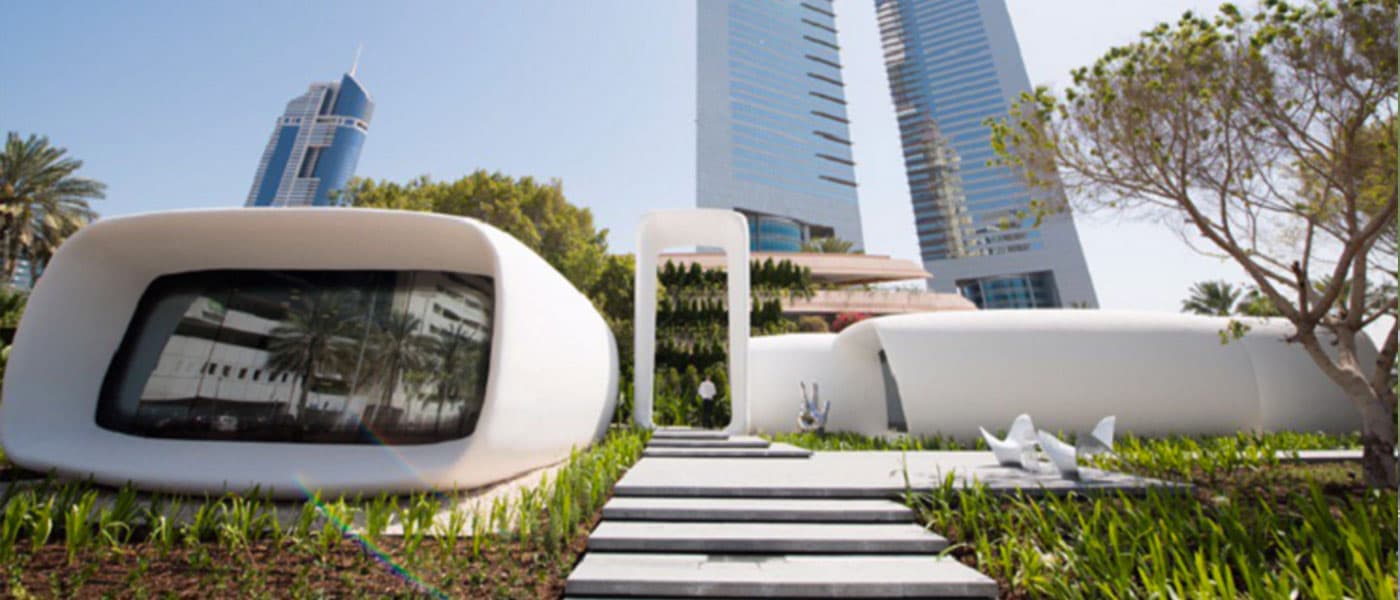Dubai's Newest Experiment
The city of Dubai, the largest and most populous in the United Arab Emirates (UAE), has already proven itself to be in the vanguard of innovation.
It already possesses the world's tallest building in the heaven-defying Burj Khalifa; it hosted the world's first aerial drone race in March; it has housing developments built on islands shaped like a map of the world; and it even plans on having "water homes" and "floating hotels."
It's really an incubator of innovative technological and architectural ideas—an unrestricted canvas for the human imagination to have free play in designing the city of the future.
"We implement what we plan, and we pursue actions not theories. The rapidly changing world requires us to accelerate our pace of development, for history does not recognize our plans but our achievements," said His Highness Sheikh Mohamed bin Rashid Al Maktoum, Vice President and Prime Minister of the UAE, and hereditary Ruler of Dubai.
The comments, which strike a suitably optimistic note, were made at the opening of the "Office of the Future"—the world's first 3D-printed office building. It's Dubai's newest offering, and it has the potential to reshape the way we think about the spaces in which we work and live (pun intended).
The Architecture of the Future
The new, 3D-printed structure is located on the grounds of the Emirates Towers, and will temporarily house the Dubai Future Foundation and Mostaqbal.
And it looks pretty futuristic, too—no harsh lines and blocky regularity, it's all rounded edges and organic curves. Even the material is innovative, a special cement mixture made in the UAE and the United States.
It was printed using a giant 3D printer measuring 36.5 meters long, 12 meters wide, and 6 meters high (120 ft x 40 ft x 20 ft). The machine used a multi-axis robotic arm to print in 3 dimensions. It took only 17 days to print the structure, and two days to install it on-site.
And the savings in labor costs were enormous—up to 50%. That's because only one worker was required to supervise the printing process; during the actual installation, seven workers were needed to provide finishing touches and 10 electricians and mechanics were needed to manage specialized connections and equipment.
We'll see where this new technology takes us; it has the potential to revolutionize housing, making it low-cost and affordable. But at the same time, it means big changes in the labor economy—and the possibility of ushering in widespread unemployment in the housing sector.
Share This Article
